预约演示
更新于:2025-10-18

Washington & Jefferson College
更新于:2025-10-18
概览
标签
神经系统疾病
其他疾病
内分泌与代谢疾病
小分子化药
疾病领域得分
一眼洞穿机构专注的疾病领域
暂无数据
技术平台
公司药物应用最多的技术
暂无数据
靶点
公司最常开发的靶点
暂无数据
| 排名前五的药物类型 | 数量 |
|---|---|
| 小分子化药 | 1 |
| 排名前五的靶点 | 数量 |
|---|---|
| ABCD1(ATP结合盒家族D成员1) | 1 |
关联
1
项与 Washington & Jefferson College 相关的药物100 项与 Washington & Jefferson College 相关的临床结果
登录后查看更多信息
0 项与 Washington & Jefferson College 相关的专利(医药)
登录后查看更多信息
123
项与 Washington & Jefferson College 相关的文献(医药)2025-08-01·JOURNAL OF ADOLESCENT HEALTH
Youth Perspectives on the Use of Medications for Weight Loss
Article
作者: Chang, Tammy ; Sindelar, Jasmine ; Apte, Sarah ; Peyyety, Vaishnavi ; Sonneville, Kendrin ; Elrajabi, Rawan ; Jankowski, Margaret ; Vajravelu, Mary Ellen
PURPOSE:
Semaglutide (Ozempic, Wegovy) has surged in popularity for its weight loss effects. Its widespread media coverage may have an outsized impact on adolescents and young adults due to their higher engagement in social media and their vulnerability to unintended consequences of weight-related discourse (e.g., body dissatisfaction, disordered eating, weight stigma). This study aimed to determine youth familiarity with and opinions about use of medications such as Ozempic and Wegovy for weight loss.
METHODS:
Five open-ended questions were asked to 753 youth participants (14-24 years) in the MyVoice nationwide text message poll in March 2024. Responses were analyzed using content analysis and coding differences resolved by consensus. Differences by demographic characteristics were explored using chi-square tests.
RESULTS:
Overall, 547 (73%) youth responded; average age was 20.4 ± 2.5 years, with 50.3% identifying as female. Nearly three-quarters (73.6%) had heard of medications like Ozempic and Wegovy, but the majority (57.5%) stated that these medications should not be used by youth. Three primary concerns arose: (1) safety; (2) inappropriate use; and (3) role of personal responsibility for healthy lifestyle (a belief that was more common among males than females or other gender).
DISCUSSION:
Awareness about semaglutide was high, but perceptions of use were generally negative or hesitant, particularly among males, who emphasized the importance of healthy lifestyle behaviors. Hesitancy due to safety concerns and the role of weight stigma should be explored to determine the potential impact on users of such medications when medically indicated.
2025-07-01·AMERICAN JOURNAL OF PHYSIOLOGY-GASTROINTESTINAL AND LIVER PHYSIOLOGY
Mouse models of eosinophilic esophagitis: molecular and translational insights
Review
作者: Ruffner, Melanie ; Worrell, Courtney ; Fuller, Annie D ; Bordner, Travis H ; Staub, Abigail J ; Waheed, Danielle ; Whelan, Kelly A ; Muir, Amanda B ; Karakasheva, Tatiana A ; Jackson, Jazmyne L ; Shanas, No'ad ; Crespo, John M
Eosinophilic esophagitis (EoE) is a chronic allergic inflammatory disease of the esophagus that exerts a significant clinical and financial burden in developed countries. Despite an emerging interest in this disease, the cellular and molecular mechanisms driving EoE pathogenesis remain elusive. Addressing this knowledge gap is critical to guide the development of novel approaches for diagnosis, monitoring, and therapy in patients with EoE. As EoE is an allergic inflammatory disorder that results in esophageal inflammation and tissue remodeling, in vivo studies are critical to develop a better understanding of this disease. Here, we provide a review of murine models of EoE, highlighting the mechanistic and translational insights into EoE pathogenesis and therapeutic approaches that studies using these models have uncovered. We further discuss the strengths and limitations of EoE mouse models, as well as opportunities for future in vivo approaches to study EoE. Overall, this article reviews the progress, challenges, unmet needs, and opportunities in murine modeling of EoE.
2025-05-07·CRYSTAL GROWTH & DESIGN
A Novel Solid Form of Erlotinib: Synthesis by Heterogeneous Complexation and Characterization by NMR Crystallography
Article
作者: Ankeny, Halie S. ; Shoup, Deben ; Quiñones, Rosalynn ; Parks, Kerrigan ; Viggiano, Aaron M. ; Bedillion, Derek ; Iuliucci, Robbie J. ; Wang, Qiang ; Nickel, Sarah ; Wiscons, Ren A. ; Schurko, Robert W. ; Holmes, Sean T.
We describe the synthesis of a novel complex of the anticancer "active pharmaceutical ingredient erlotinib (ERL) via heterogeneous nucleation on polished zinc tiles. The resulting product, ERL 2 ·ZnCl 2 , is characterized by single-crystal X-ray diffraction, multinuclear solid-state NMR (ssNMR) spectroscopy, and density functional theory (DFT) calculations. Also characterized are the hydrochloride salt (ERL·HCl) and monohydrate free base (ERL·H 2 O) forms of erlotinib. 13C ssNMR spectroscopy is useful for site-by-site assignment and rapid fingerprinting, while also providing preliminary structural interpretations, such as the number of molecules in the asymmetric unit. 35Cl ssNMR can readily differentiate between the chloride ions in ERL·HCl and the covalently bonded chlorine in ERL 2 ·ZnCl 2 . 15N ssNMR proves to be critical here because of the large isotropic chemical shift differences between ERL·H 2 O, ERL·HCl, and ERL 2 ·ZnCl 2 . The 15N chemical shift tensors are linked directly to differences in structure and bonding with the aid of DFT calculations. Together, these results demonstrate the utility of multinuclear NMR crystallography for the characterization of solid forms of APIs, especially when other analytical techniques face significant challenges.
100 项与 Washington & Jefferson College 相关的药物交易
登录后查看更多信息
100 项与 Washington & Jefferson College 相关的转化医学
登录后查看更多信息
组织架构
使用我们的机构树数据加速您的研究。
登录
或
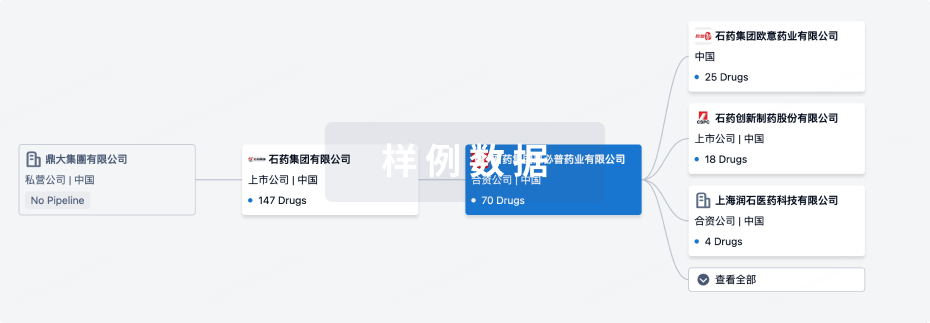
管线布局
2025年10月21日管线快照
管线布局中药物为当前组织机构及其子机构作为药物机构进行统计,早期临床1期并入临床1期,临床1/2期并入临床2期,临床2/3期并入临床3期
临床前
1
登录后查看更多信息
药物交易
使用我们的药物交易数据加速您的研究。
登录
或
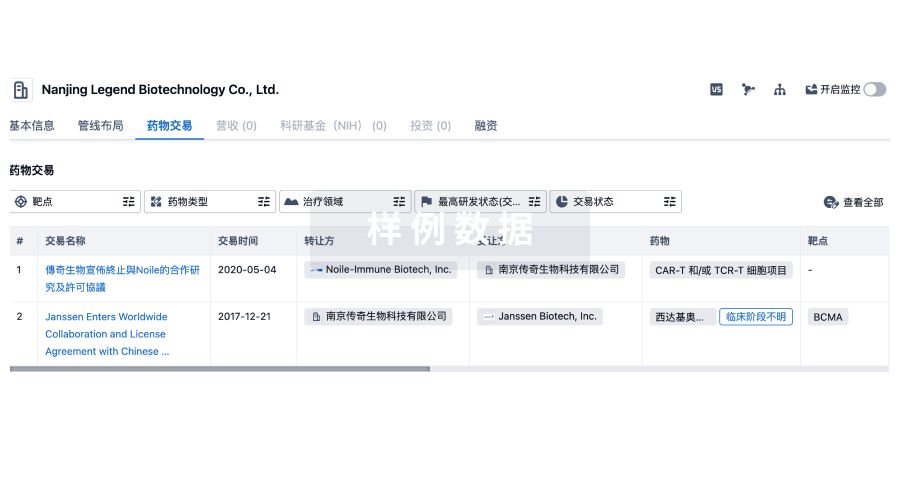
转化医学
使用我们的转化医学数据加速您的研究。
登录
或
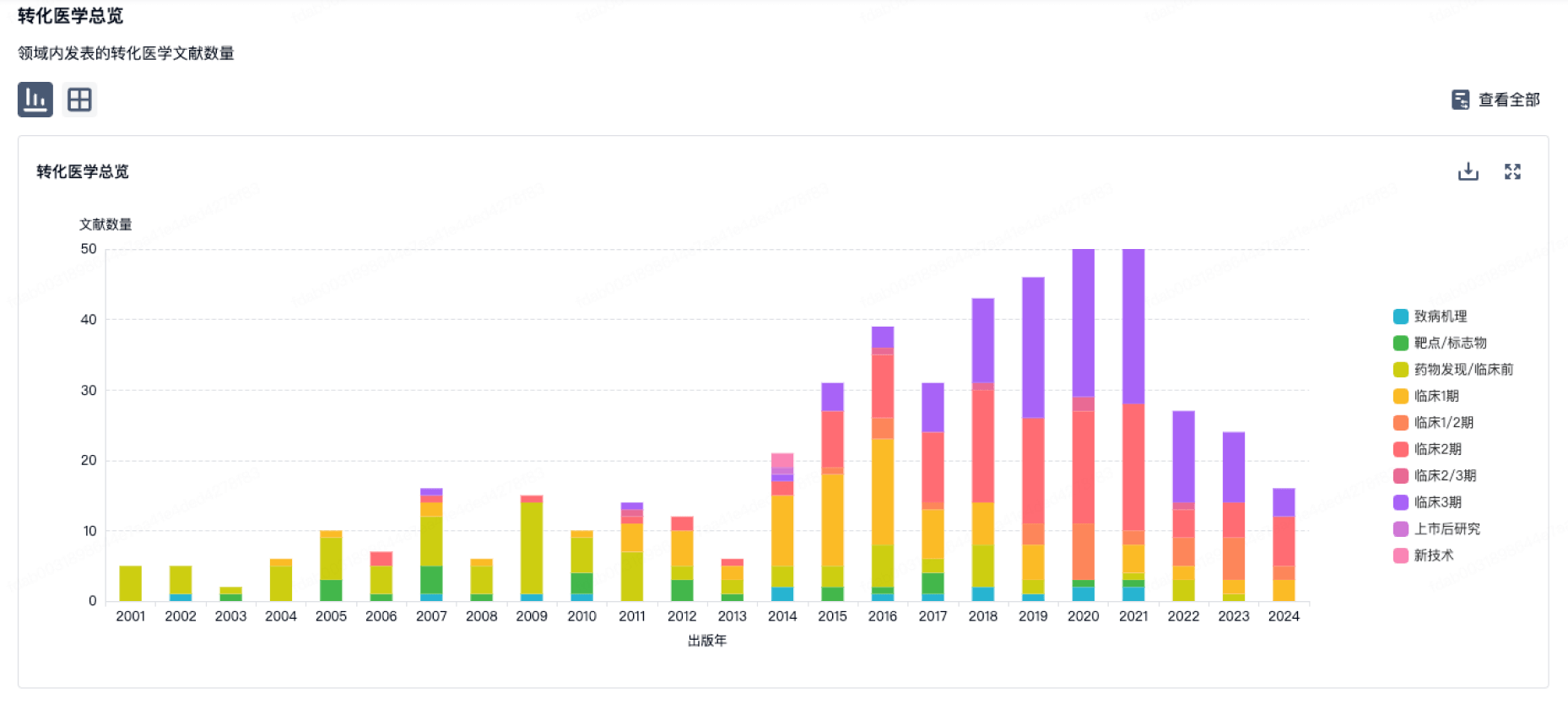
营收
使用 Synapse 探索超过 36 万个组织的财务状况。
登录
或

科研基金(NIH)
访问超过 200 万项资助和基金信息,以提升您的研究之旅。
登录
或
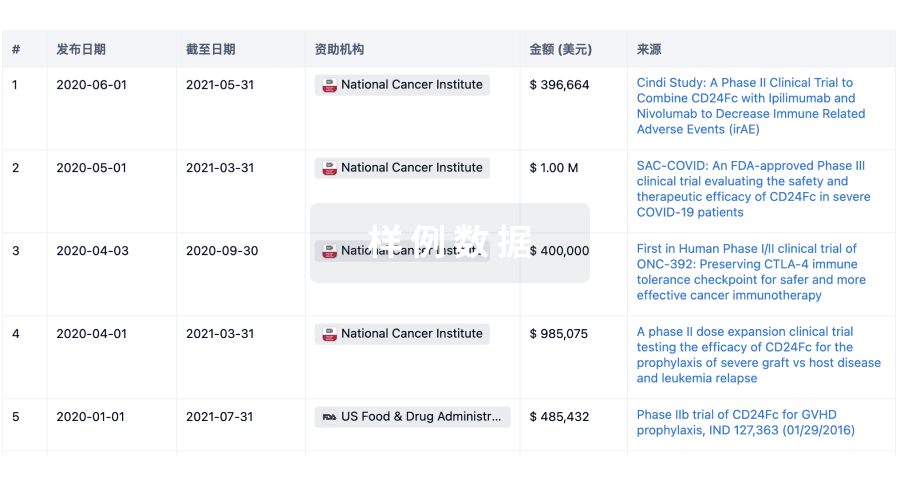
投资
深入了解从初创企业到成熟企业的最新公司投资动态。
登录
或
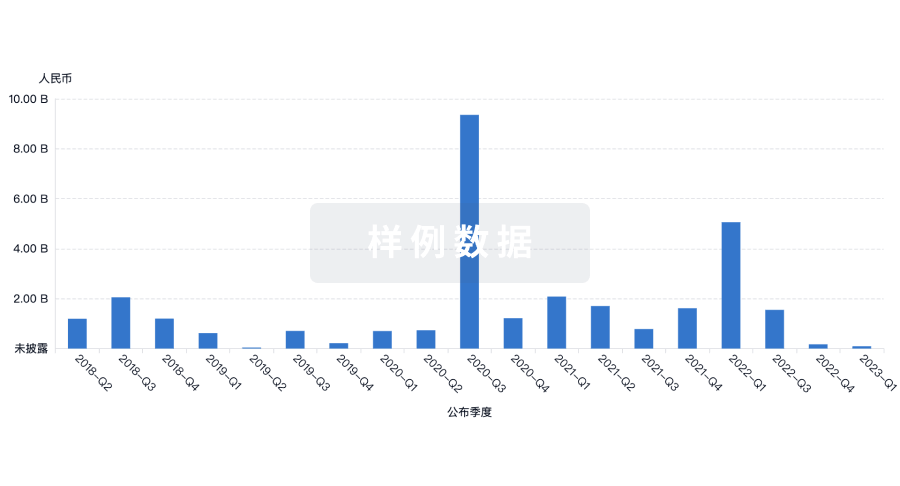
融资
发掘融资趋势以验证和推进您的投资机会。
登录
或

Eureka LS:
全新生物医药AI Agent 覆盖科研全链路,让突破性发现快人一步
立即开始免费试用!
智慧芽新药情报库是智慧芽专为生命科学人士构建的基于AI的创新药情报平台,助您全方位提升您的研发与决策效率。
立即开始数据试用!
智慧芽新药库数据也通过智慧芽数据服务平台,以API或者数据包形式对外开放,助您更加充分利用智慧芽新药情报信息。
生物序列数据库
生物药研发创新
免费使用
化学结构数据库
小分子化药研发创新
免费使用